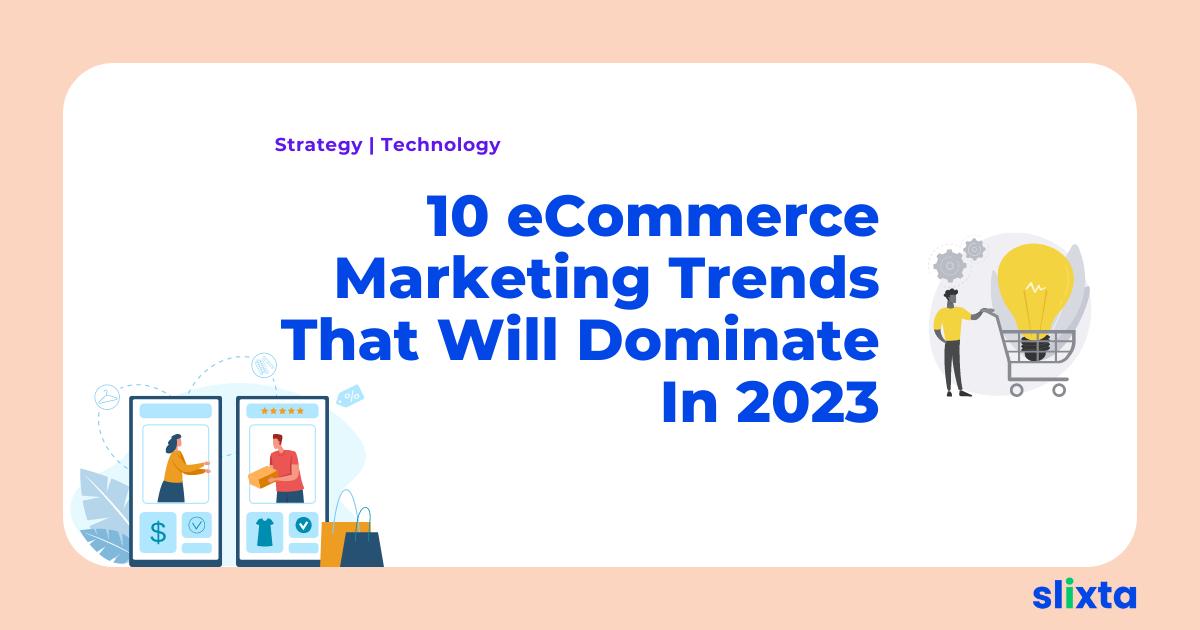
The pace at which eCommerce is growing necessitates creating an all-encompassing eCommerce marketing strategy when it comes to reaching your target customers.
Did you know that 400 million Indians are expected to buy goods and services online by 2027? The retail landscape has changed dramatically over the last few years.
The world is moving towards a digital economy and with that comes an array of marketing trends you need to keep an eye on.
The pace at which eCommerce is growing necessitates creating an eCommerce marketing strategy when it comes to reaching your target customers.
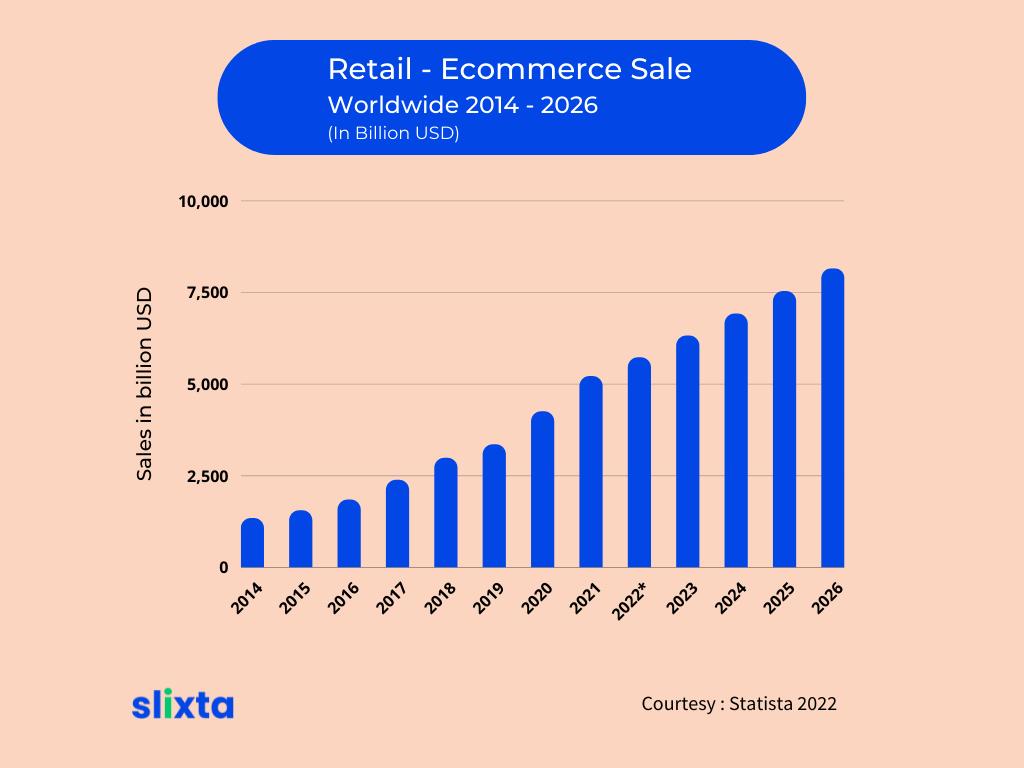
In this article, we will be discussing some eCommerce marketing trends you should consider for 2023.
1. Social media will continue its rise
Social media is an undeniable force in eCommerce marketing, and it's only going to continue to rise in importance.
When it comes to making purchases, consumers rely tremendously on their social feeds for shopping, suggestions, and even simple e-commerce sales. According to one report, 48% of consumers are now likely to purchase directly from Social Media.
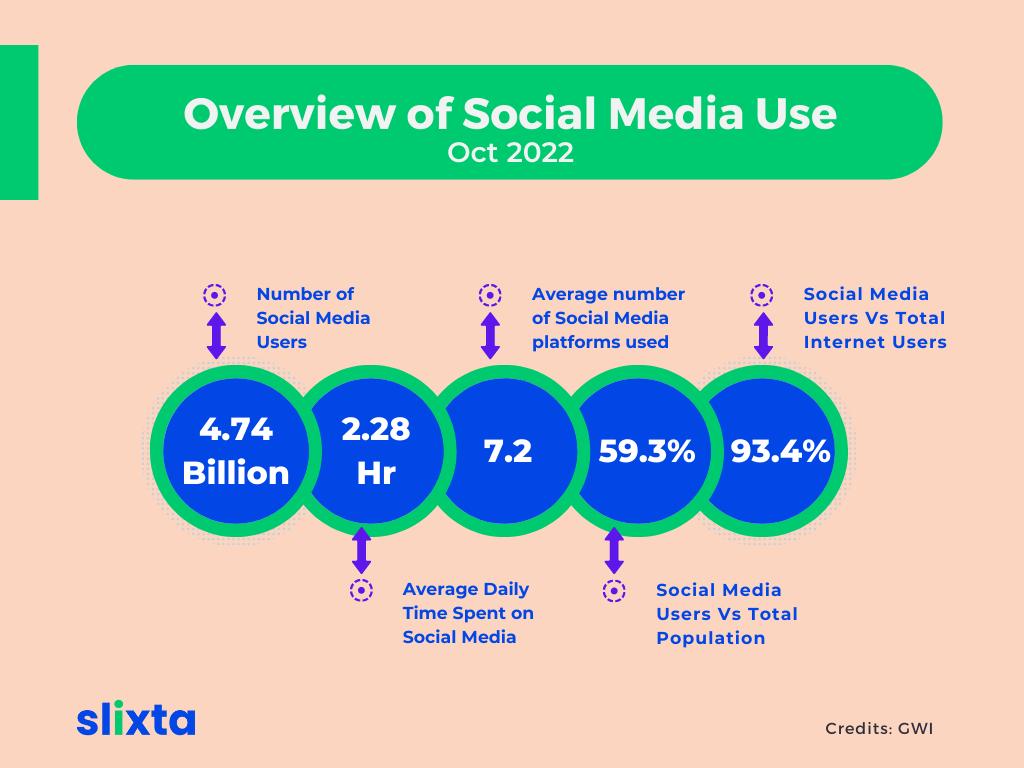
In fact, we're already seeing some of the biggest online retailers putting social media at the center of their strategies.
Social media may even become more valuable than ever before as a way for brands to build relationships with customers who already know them well or want to learn about them more closely through their posts and updates.
2. Personalization
Personalized experiences are the new normal, and if you don't offer them, you'll quickly become irrelevant.
Personalization isn't just about making sure your website looks good on every screen size—it's also about making sure your customers feel like they've been greeted by someone who understands them, their needs, and their values.
You can do this by using features like product recommendations based on past purchases or shopping cart contents, or by offering personalized videos or stories about how people use your products.
At Slixta, we make the life of e-commerce owners sweet as cake by creating awesome digital experiences for their customers.
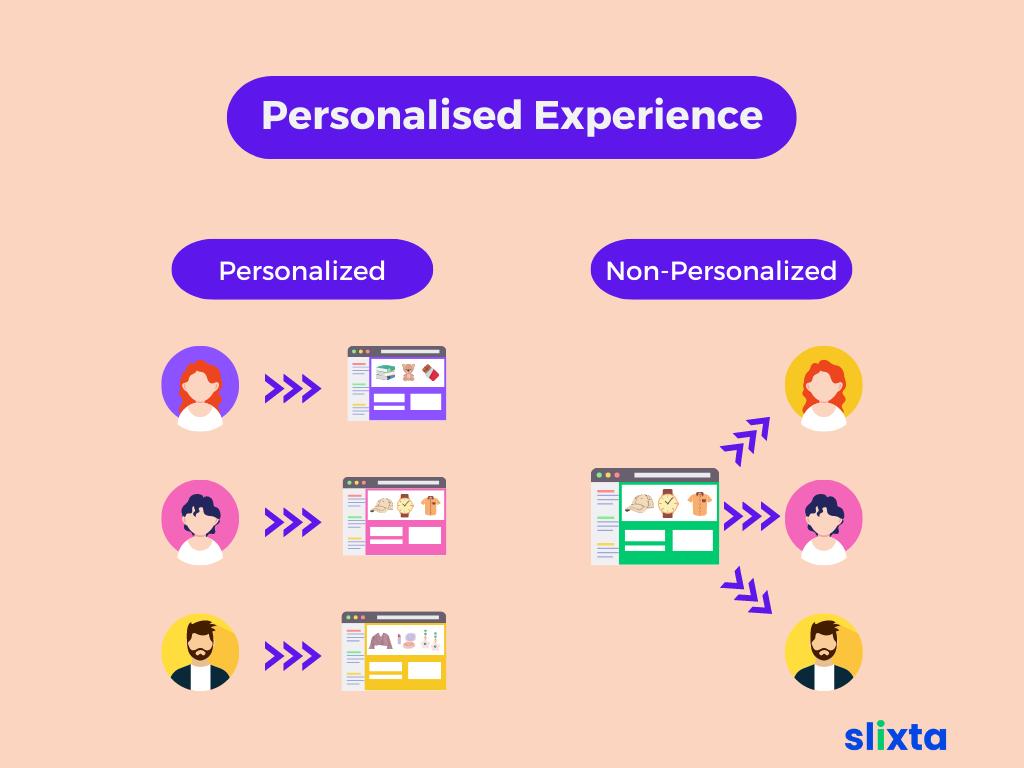
Personalization can be done in many different ways, but the most effective way is through data collection and analysis. You need to know what your customers want in order to give it to them on an individual level—and then actually do it!
3. Voice search will become more prevalent
Globally, more than 42% of internet users conduct voice searches.
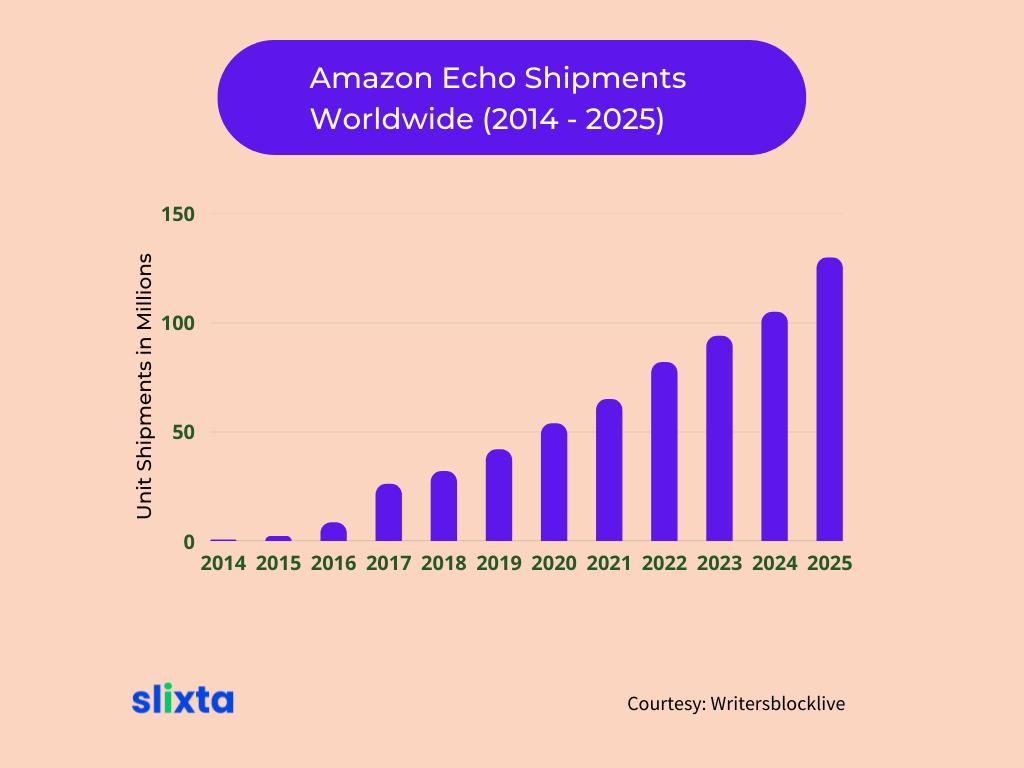
Voice search is becoming increasingly popular because it's faster than typing in a query and easier than scrolling through results. It's also convenient—you can do it while driving, cooking dinner, or even walking down the street!
As voice search becomes more prevalent, your eCommerce site has to be ready for it. The good news is that it's not too difficult to make sure your site works well with voice queries. You can start by making sure that your product pages are fully optimized for voice queries so that when people use them on their smartphones or other devices with built-in microphones, they'll hear exactly what they want from you as soon as they start talking (and not just random words).
If you need help in building or upgrading your eCommerce site, voice optimized, Slixta can help.
4. Influencer Marketing
As eCommerce marketing continues to grow, influencers will become a more important part of the equation. In fact, we're already seeing some brands use influencers as a way to connect with their audience.
Influencer marketing is already being used by several major brands, including Nike and Calvin Klein. These companies have been using celebrities like Taylor Swift and Justin Bieber as brand ambassadors for years—but now they're turning to social media stars like Kylie Jenner for the same purpose.
Why? Because it works!
In fact, when it comes to influencing people's purchase decisions, influencers are now more influential than celebrities and even friends and family members.
This means that retailers need to make sure that they're using influencer marketing strategies to their advantage if they want to keep up with the competition.
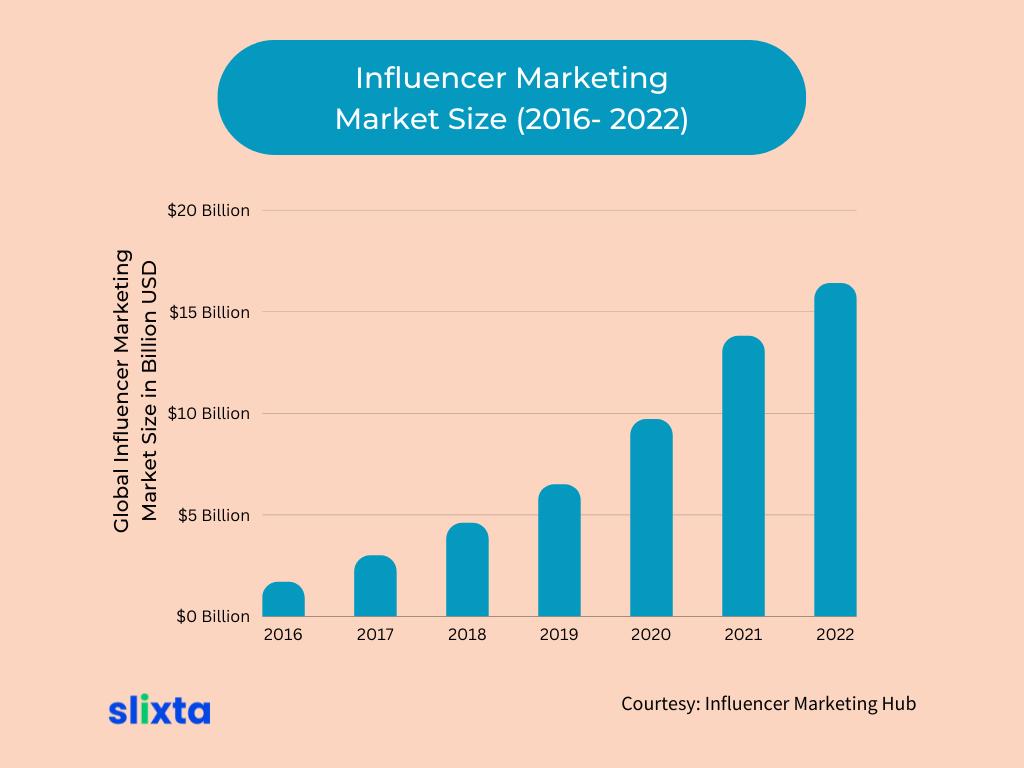
5. Omnichannel Marketing
Omnichannel marketing is the new frontier of eCommerce marketing.
It's a huge buzzword that everyone's talking about, but what exactly does it mean? In short, omnichannel marketing is the ability to seamlessly complement and combine all of your sales channels into one cohesive customer experience.
Omnichannel marketing starts with your website, but doesn't end there! You need to be thinking about all the ways in which you can reach your audience: not just on their computers, but also on their phones and tablets. And don't forget about email; it's still one of the most effective ways for businesses to reach their customers and prospects! You should also think about social media: Facebook, Twitter, Instagram—they're all great places for businesses to connect with each other, so why not take advantage?
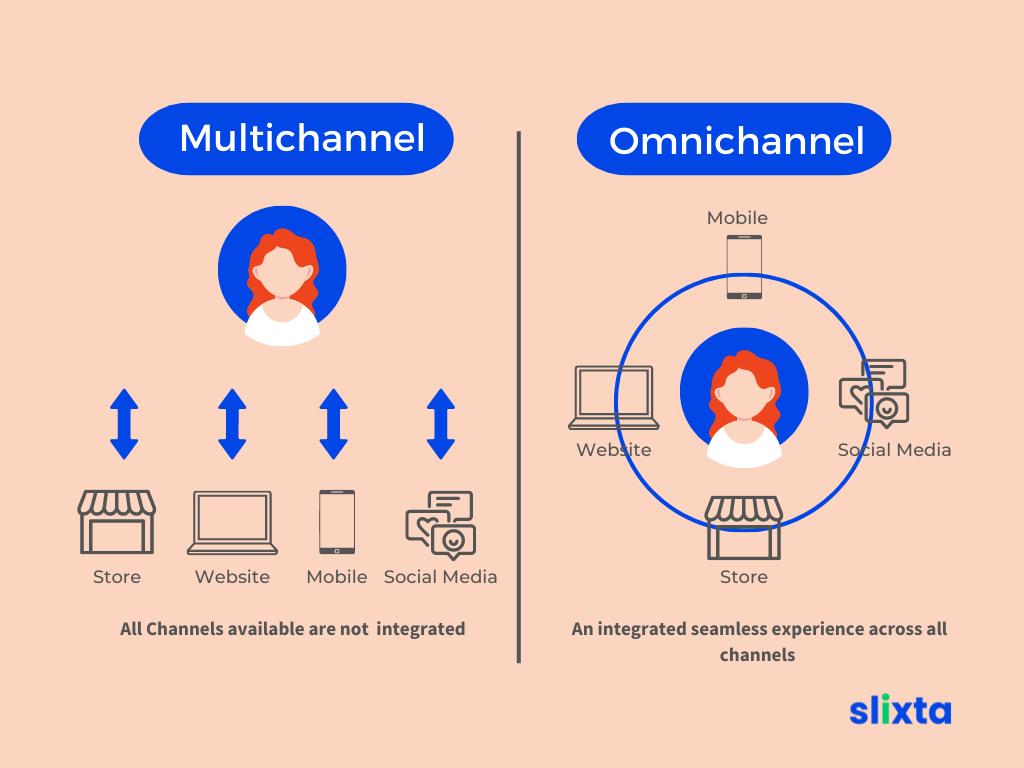
The benefits are obvious: omnichannel marketing helps businesses improve their customer satisfaction levels by making sure that every interaction with their customers is as seamless as possible. It also cuts down on costs for companies because they don't have to invest in separate marketing strategies for each channel anymore. Instead, they can just focus on one strategy—their omnichannel strategy—and use it across all channels to reach more people faster than ever before!
6. Chatbots
The most important part of eCommerce marketing is the customer experience. Chatbots are a unique way to provide that experience and build loyalty with your customers. They are the future of conversational marketing.
In fact, by 2024, it's estimated that chatbots will drive $142 billion in consumer retail sales worldwide.
Chatbots can help automate many tasks including product recommendations and online customer service requests. This technology can save businesses time and money as well as build brand loyalty between customers and company representatives through personalized interactions.
Chatbots are especially useful in eCommerce because they allow you to interact with your customers in real-time and answer questions they may have about your products or services. They can also help you with customer service by allowing you to respond faster and more efficiently than if you were just using email or phone calls as a way of communicating with customers.
7. Video Content
Video content has been a hot topic for the past few years, and it's not going away anytime soon. It's a format that lends itself very well to eCommerce: you get to show off your products and tell people about them in an engaging way that feels more personal than just writing about them on a page.
The way people consume content has changed dramatically over the past few years, and eCommerce marketers need to keep up with these changes if they want to remain competitive in this increasingly digital world.
Video content has been shown to increase brand loyalty and sales, as well as reduce bounce rates. It's also important for SEO, as search engines prefer videos over text when it comes to ranking pages in search results.
But what makes video so effective? Well, it all boils down to human psychology. People don't just want information—they want an experience! They want to see things happen before their eyes and feel like they're there with your product as you share your product story.
8. Shoppable blogs
The trend of eCommerce marketing on “shoppable blogs” is going to be huge. They're exactly what they sound like: blogs that let you shop right from the article.
Shopping is a huge part of our lives, so why not make it easier for people to find and buy stuff? That's where shoppable blogs come in. It's a perfect way to make your content more engaging and interactive, and it can also help drive sales.
They allow you to connect with your customers on a personal level and you can add thought-provoking content that showcases your catalog in a way that makes it more appealing.
9. Microsites are gaining popularity
Microsites are gaining popularity in the eCommerce marketing industry, and they're becoming increasingly popular among consumers.
Microsites are essentially a website within a website. They allow companies to create a unique experience for their customers by offering them something special and unique.
They're also being used as marketing tools instead of simply informational resources.
A microsite can be anything from a coupon code or free shipping offer to an area where you can learn more about the brand's history or mission statement. Microsites can also be used as landing pages that help convert visitors into customers.
Slixta Microsites can help you create a perfect microsite for your e-commerce brand for campaigns.
10. Combination of marketplaces and e-commerce brand website
The number of direct-to-consumer (D2C) brands in India is likely to increase to 200 thousand in the year 2025.
E-commerce is booming, and the market is changing.
The combination of marketplaces and e-commerce websites is an emerging trend. The logic behind this is to leverage the power of both, which can result in more sales and higher engagement rates. Marketplaces are already established in their own right, but they are being used as a selling platform by other brands as well.
Using your own website enables you to gain traffic from search engines, build your brand reputation, and create a community around your products or services. It also allows you to better control your branding and content when selling through these third-party sites.
This combined approach can help you stand out from competitors who rely solely on one or the other approach for their business model!
Keep up with these eCommerce marketing trends
When you’re looking to build your e-commerce store, it can feel like there are a million things to do. You might be wondering if you should invest in a new website or upgrade your current one. Or maybe you’re considering trying out new marketing strategies and don’t know where to start.
We get it! With so many trends in eCommerce, it can feel overwhelming trying to figure out where to start and how to implement these strategies. If you need help building your eCommerce website, Slixta can help. We have a team of experts that can help you turn your e-commerce website into a marketing engine.
If you need an eCommerce website that will help you stay on top of new trends, Slixta can help. We have a team of experts who can build your website from scratch or upgrade your existing one with all the latest bells and whistles.
